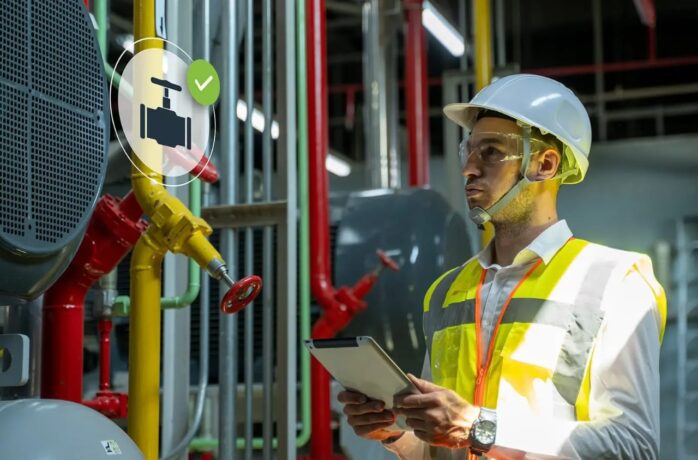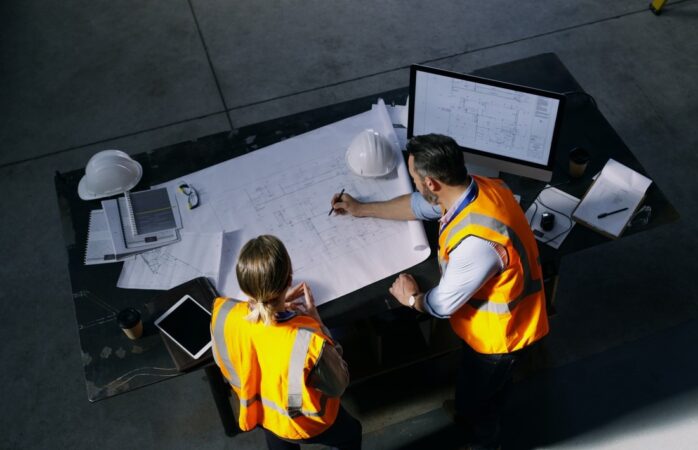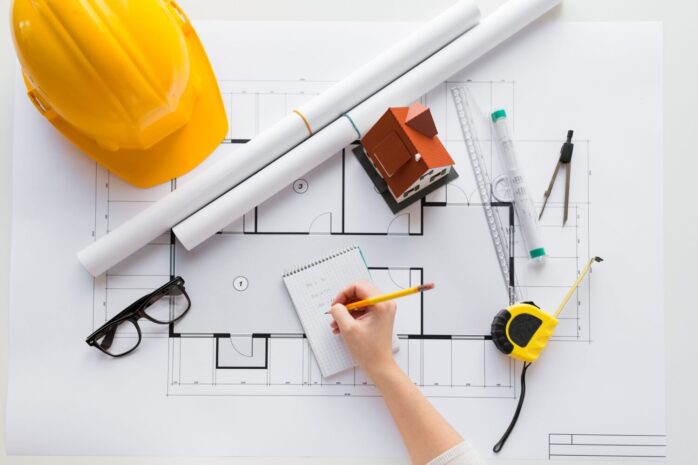Since MEP design includes the vital systems that guarantee a building’s operation, comfort, safety, and energy efficiency, its importance in the construction of buildings cannot be overstated.
MEP design incorporates various elements to produce a setting suitable for human occupancy and operation.
This article lists the main functions of MEP design in building construction for easy understanding.
MEP – What Does It Mean?
Many may wonder what does MEP mean? MEP is mechanical, electrical, and plumbing engineering used in construction.
All these essential elements are less obviously visible than the others during construction but are the essence that guarantees the safety and security of the building.
These three also define whether the building is suitable for people to occupy. MEP design services look at humidity, temperature, drainage, rainwater, power, and many other such elements of the building. Constructing a building without an effective MEP in place is impossible.
The client and interior designers use 3D modeling services to check and understand how MEP will fit in with the construction plan.
MEP – Innovations and Advancements

In the early days, the construction industry was heavily focused on 2D drawings, which made things very tiring and time-consuming. Architects and engineers spent hours identifying the correct positioning of things, including MEP when using the 2D services.
With 3D modeling in place, things have taken a complete turn and impacted MEP coordination.
These days, engineers and architects do not have to draw numerous layouts to finalize the MEP process. Instead, using 3D, they can figure out the MEP placement in real-time.
It helps optimize workflow and save time while handling any request for information, all on a real-time basis.
MEP Designs and Complexities
Anything done in construction requires precision and accuracy; the same goes for MEP. A slight or minor error can result in significant delays and additional costs. That is why MEP as a process is complex and requires complete attention.
MEP is done to ensure everything falls in place and the constructed building is considered safe and suitable for people to live in. It includes, for example, ensuring proper gas and electricity are there with the right drainage system for people to use.
The success of MEP is measured in two ways – how comfortable are the occupants of the building and how much cost is saved during the maintenance of the building.
Therefore, it is necessary to have proper coordination between the architect and the MEP designer. It will ensure proper efficiency and accuracy in the MEP designs.
MEP and BIM
MEP has seen a significant change with the support of BIM modeling services.
BIM, or building information modeling, has improved the accuracy and speed of engineers by sharing the 3D model. BIM includes engineering, maintenance, collaborative design, fabrication, and cost estimation tools.
With the help of BIM tools, construction companies can explore MEP designs on a real-time basis. Even before construction begins, BIM tools can help with accurate details.
Construction companies can use these details to attract clients and customers. It can also eliminate any conflict of construction idea before it is started.
Benefits of MEP in Construction

Besides ensuring that the constructed building is safe for people to live in, here are some other benefits of MEP designs:
Enhanced Efficiency
For a construction building to be completed, you will need MEP designs. Through MEP designs, you can check whether all systems are in place. Thus, it helps in enhancing the overall efficiency of the project.
Combined Approach
When designing MEP, the architects, designers, and engineers work together to develop the best approach. It means everyone’s viewpoint is considered when designing, resulting in a win-win situation.
Cost Effective
When the MEP is done at the initial stage with the help of 3D and BIM modeling, it eliminates risks early.
It means that construction companies will not have to spend money looking for problems after the construction is completed. Thus, saving a lot of time and money.
Bottom Line

MEP design is a complex network supporting a building’s usability and user experience.
It smoothly integrates mechanical, electrical, and plumbing systems to convert architectural ideals into functional, livable areas.
An outstanding structure is more likely to perform effectively, sustainably, and safely for its occupants thanks to this comprehensive approach to design.



















